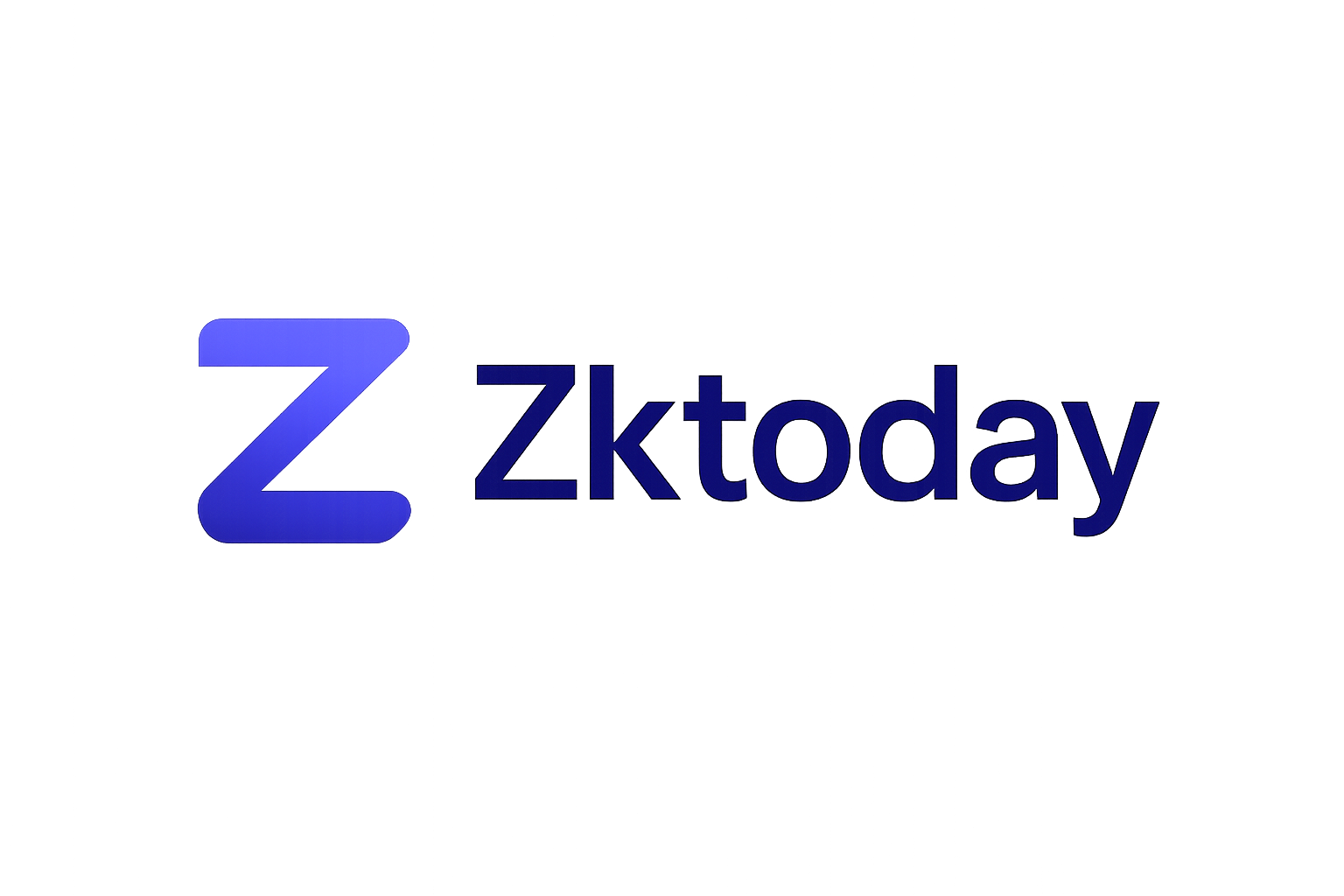
Zero-knowledge proofs (ZKPs) have become central to the evolution of blockchain scaling and privacy. As we move into 2025, two technologies dominate the conversation: zk-SNARKs and zk-STARKs. Both are engineered to solve the blockchain verification bottleneck by allowing computations to be proven off-chain and verified on-chain, but their trade-offs are shaping how developers, investors, and users approach scalability and security in decentralized systems.

Understanding zk-SNARKs: Succinctness Meets Speed
zk-SNARKs (Zero-Knowledge Succinct Non-Interactive Arguments of Knowledge) have been a foundational technology in zk rollup scaling solutions. Their core strengths lie in their succinct proof sizes: typically between 200-300 bytes, regardless of the underlying computation’s complexity. This compactness translates into extremely fast verification times, often just a few milliseconds, making them ideal for high-throughput blockchains where transaction speed is a priority.
The caveat? zk-SNARKs require a trusted setup. This initial ceremony generates cryptographic parameters that, if compromised, could undermine system integrity. While most reputable projects have executed these ceremonies transparently, the need for trust remains a philosophical and practical concern for some in the crypto community. Furthermore, zk-SNARKs rely on elliptic curve cryptography, making them potentially vulnerable to future quantum attacks.
Zcash was one of the first major blockchains to adopt zk-SNARKs for privacy-preserving transactions. Today, they remain popular across Ethereum layer-2 solutions and other protocols prioritizing efficiency over quantum resistance or maximal transparency.
The Rise of zk-STARKs: Transparency and Quantum Resistance
zk-STARKs (Zero-Knowledge Scalable Transparent Arguments of Knowledge) emerged as an answer to SNARK limitations. At their core is a commitment to transparency provides no trusted setup is required. Instead, STARKs use hash functions that are believed to be quantum-resistant, addressing concerns about future-proofing blockchain security as quantum computing advances.
The trade-off? Proof sizes are much larger. Instead of hundreds of bytes, STARK proofs range from tens of kilobytes up to several megabytes depending on computation complexity. Verification times also increase with proof size and complexity, meaning that while STARKs excel at proving large or batched computations efficiently, they may be less suitable for applications where bandwidth or storage is constrained.
This makes STARK-based rollups like StarkNet especially attractive for applications demanding maximum scalability and post-quantum security, even if it means accepting higher network resource consumption per proof.
Performance Benchmarks: What Matters Most in 2025?
The latest performance data shows that zero-knowledge proof types for blockchain scaling each have unique sweet spots:
- Proof Generation Speed: For simple operations (e. g. , validating a single transaction), SNARKs generate proofs faster. For more complex or batched operations (e. g. , validating thousands of trades at once), STARKs often outperform due to their quasi-linear scaling properties.
- Proof Size: SNARKs maintain consistently small proofs (~200,300 bytes), while STARK proof sizes grow with computation complexity (ranging from ~45 KB up).
- Verification Time: SNARK verification remains nearly constant regardless of computation size; STARK verification time increases with complexity but remains practical for large-scale batch proofs.
This dynamic has led major rollup teams and dApp developers to weigh not just raw performance metrics but also broader factors like ecosystem maturity (see how provers and verifiers work in zk rollups here) and long-term security posture against evolving threats such as quantum computing.
For builders and enterprises, these trade-offs are not just academic. The decision between zk-SNARKs and zk-STARKs directly impacts protocol security, scalability ceilings, and even compliance with future regulatory or technological shifts. As 2025 unfolds, the blockchain sector is seeing a growing appetite for post-quantum security and transparent cryptographic primitives, but also a pragmatic recognition that tooling maturity and integration costs matter.
Choosing the Right ZK System: Decision Factors for Developers and Investors
When evaluating zk-SNARKs vs zk-STARKs in 2025, consider these concrete criteria:
- Security Requirements: If your application must be resilient against quantum attacks, zk-STARKs are the clear choice. Their reliance on hash functions (rather than elliptic curves) offers a credible path to quantum resistance.
- Trusted Setup Tolerance: Projects with strong decentralization or auditability mandates may reject trusted setups outright. For these teams, STARKs’ transparency is a non-negotiable advantage.
- Performance Envelope: High-throughput payment systems or DeFi protocols prioritizing minimal latency may still favor SNARKs’ compact proofs and rapid verification. In contrast, large-scale rollups handling complex computations or batch settlements will benefit from STARKs’ scalability, even if it means heavier proofs.
- Ecosystem Maturity and Tooling: SNARK-based solutions have a head start in terms of developer libraries, wallet integrations, and auditing frameworks. Those needing fast time-to-market may lean SNARK for now, though STARK developer tooling is catching up rapidly.
The best approach is rarely dogmatic. Hybrid strategies are emerging: some protocols use SNARKs for certain layers (e. g. , user-facing transactions) while leveraging STARKs for back-end batch processing or settlement. This composability reflects the nuanced needs of modern blockchains rather than a one-size-fits-all mentality.
Real-World Projects Using zk-SNARKs and zk-STARKs in 2025
-
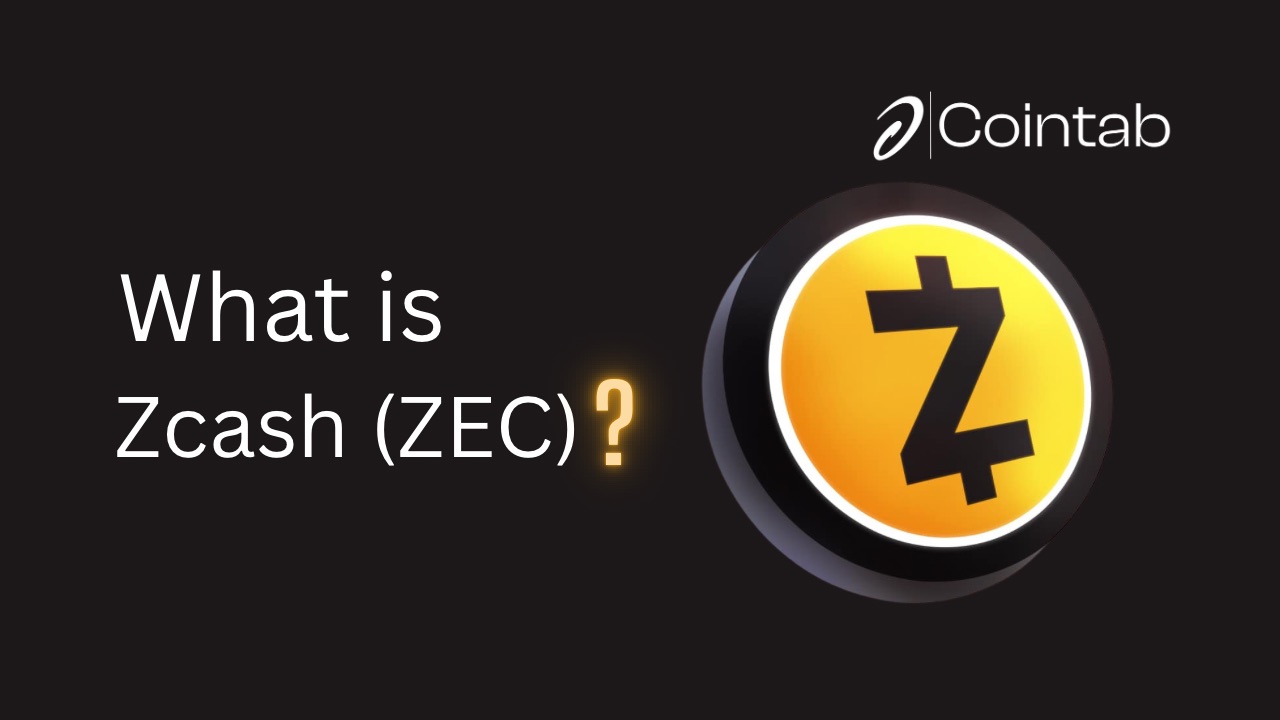
Zcash — The pioneering privacy-focused cryptocurrency uses zk-SNARKs for shielded transactions, ensuring confidential transfers while maintaining public verifiability.
-

Polygon zkEVM — Polygon’s zk-SNARK-based Layer 2 scaling solution brings Ethereum-compatible smart contracts with lower fees and faster finality.
-
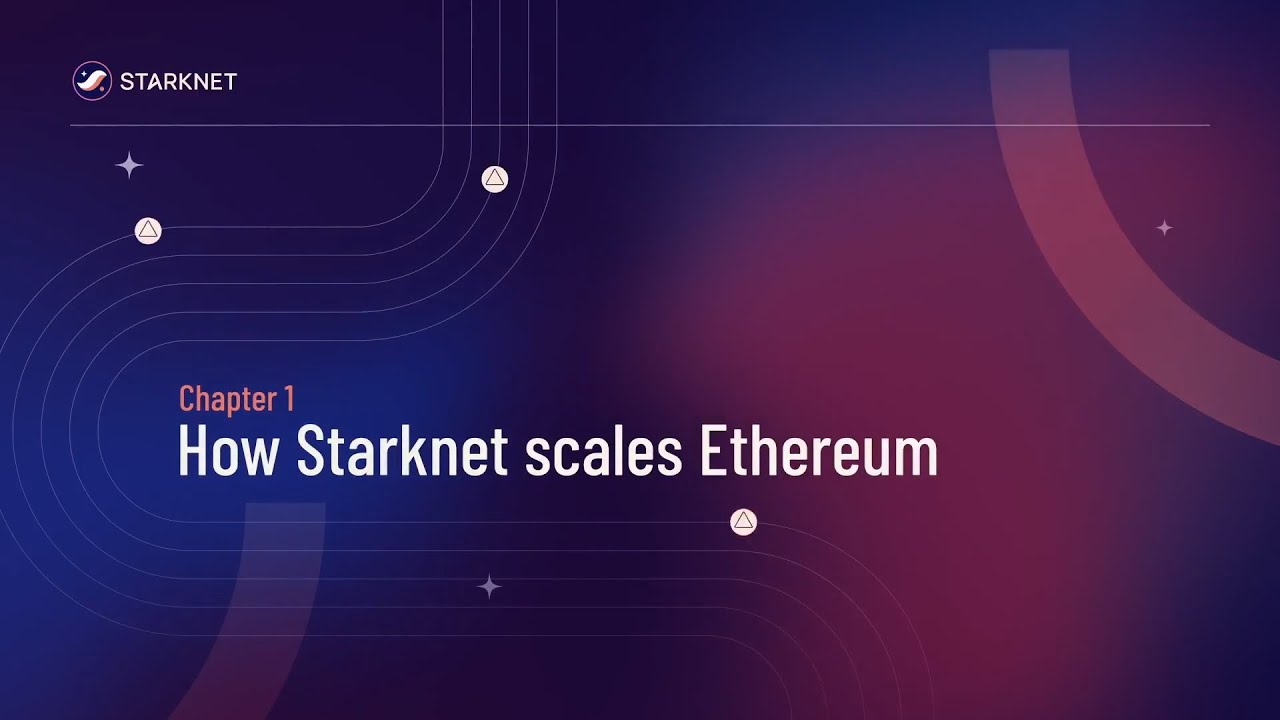
StarkNet — A leading Layer 2 network for Ethereum, StarkNet leverages zk-STARKs to deliver scalable, transparent, and quantum-resistant rollups.
-
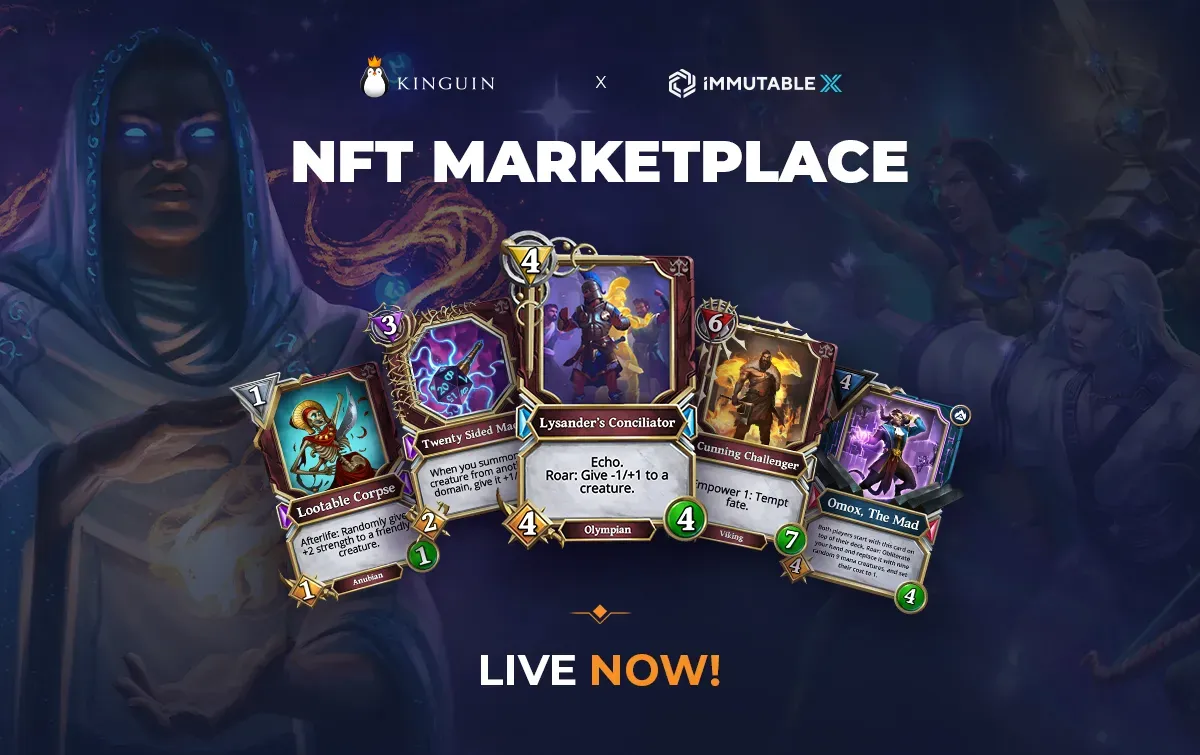
Immutable X — This NFT and gaming platform employs zk-STARKs to enable gas-free trading and minting on Ethereum, ensuring scalability and user security.
-
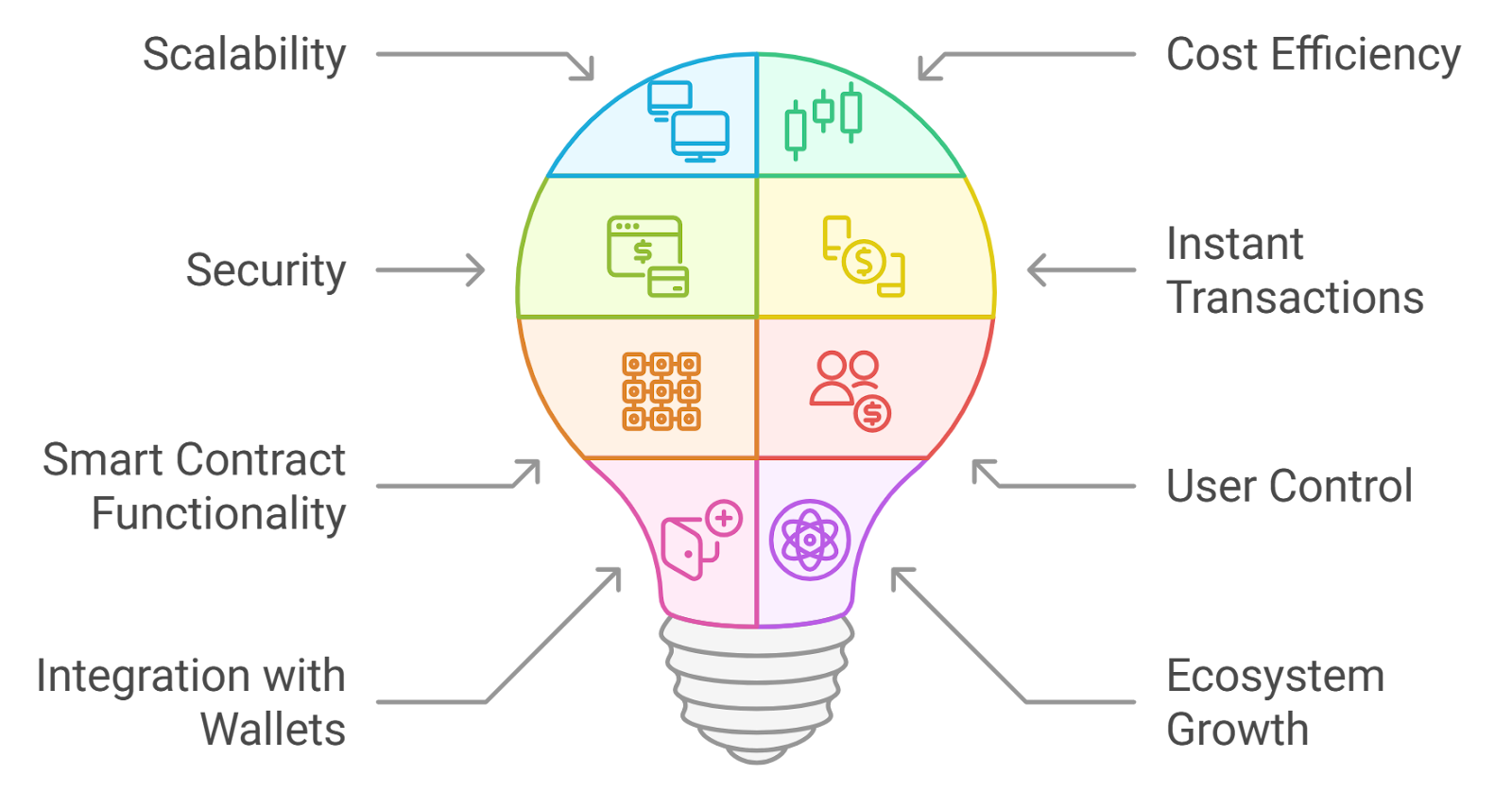
Loopring — The decentralized exchange protocol uses zk-SNARKs for its zkRollup technology, providing fast and low-cost trading with robust privacy.
-
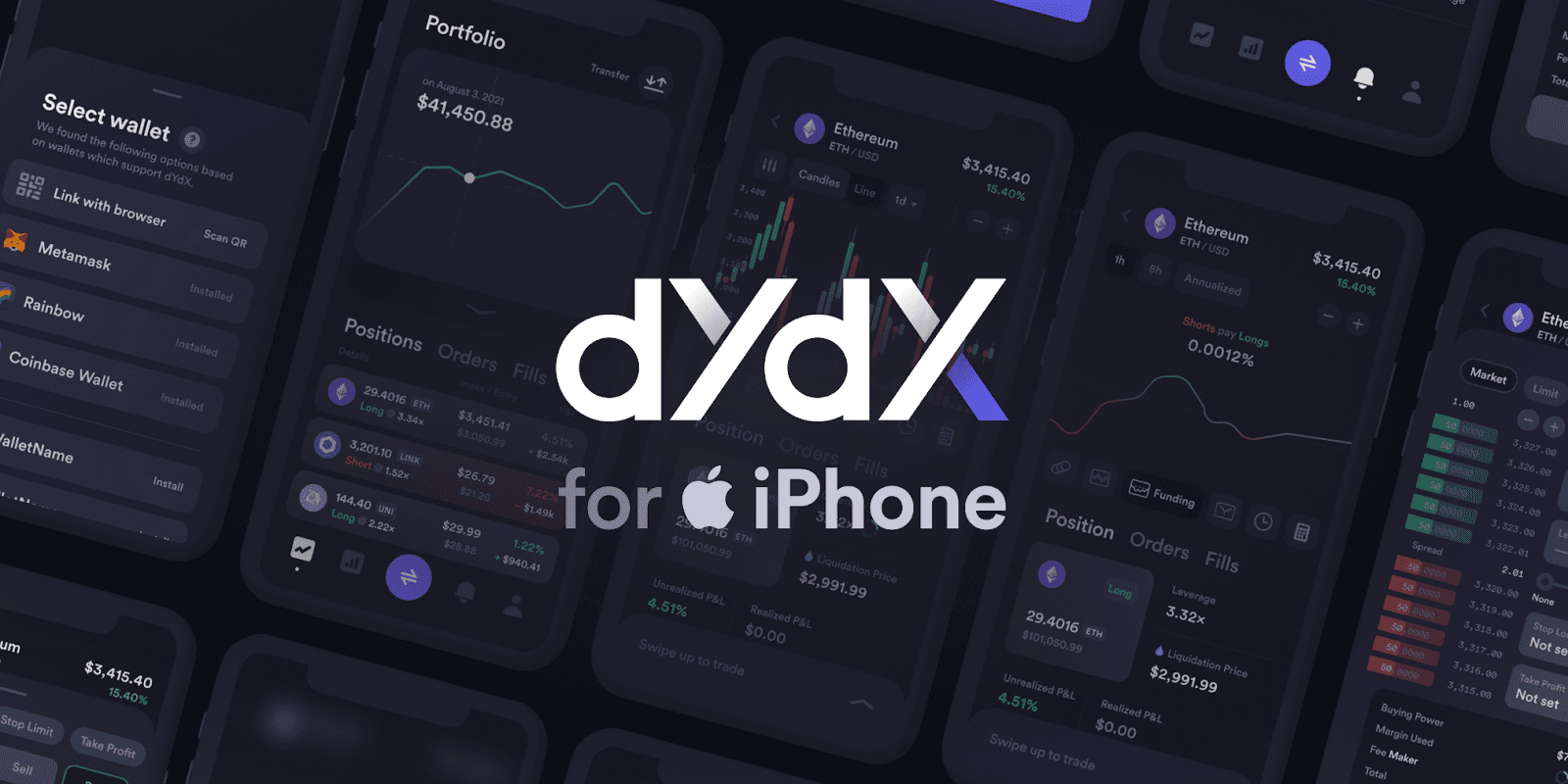
dYdX v4 — The advanced decentralized derivatives exchange utilizes zk-STARKs for high-throughput, secure, and transparent trading without a trusted setup.
The industry’s leading protocols illustrate this diversity. Zcash continues to champion privacy through SNARK efficiency; StarkNet pushes the envelope on scalable computation with STARK transparency; meanwhile, Ethereum rollup providers experiment with both systems to balance user experience with future-proof security.
The Road Ahead: Zero-Knowledge Proof Evolution
The landscape of zero-knowledge proof types for blockchain is far from static. Ongoing research into recursive proofs, universal setups, and hybrid models could blur distinctions between SNARKs and STARKs further over the next few years. For developers building mission-critical dApps or scaling infrastructure today, it’s crucial to stay agile, monitoring advances in cryptography as well as shifts in threat models (especially quantum computing timelines).
If you’re seeking deeper technical dives into how zero-knowledge proofs enable trustless scalability, and how to implement them safely, explore our guides on blockchain scalability without sacrificing privacy and trustless scalable blockchain applications.
The bottom line? There’s no universally superior zero-knowledge proof system, only optimal choices based on your project’s risk profile, performance goals, and long-term vision. As always in crypto: security first, growth follows.
